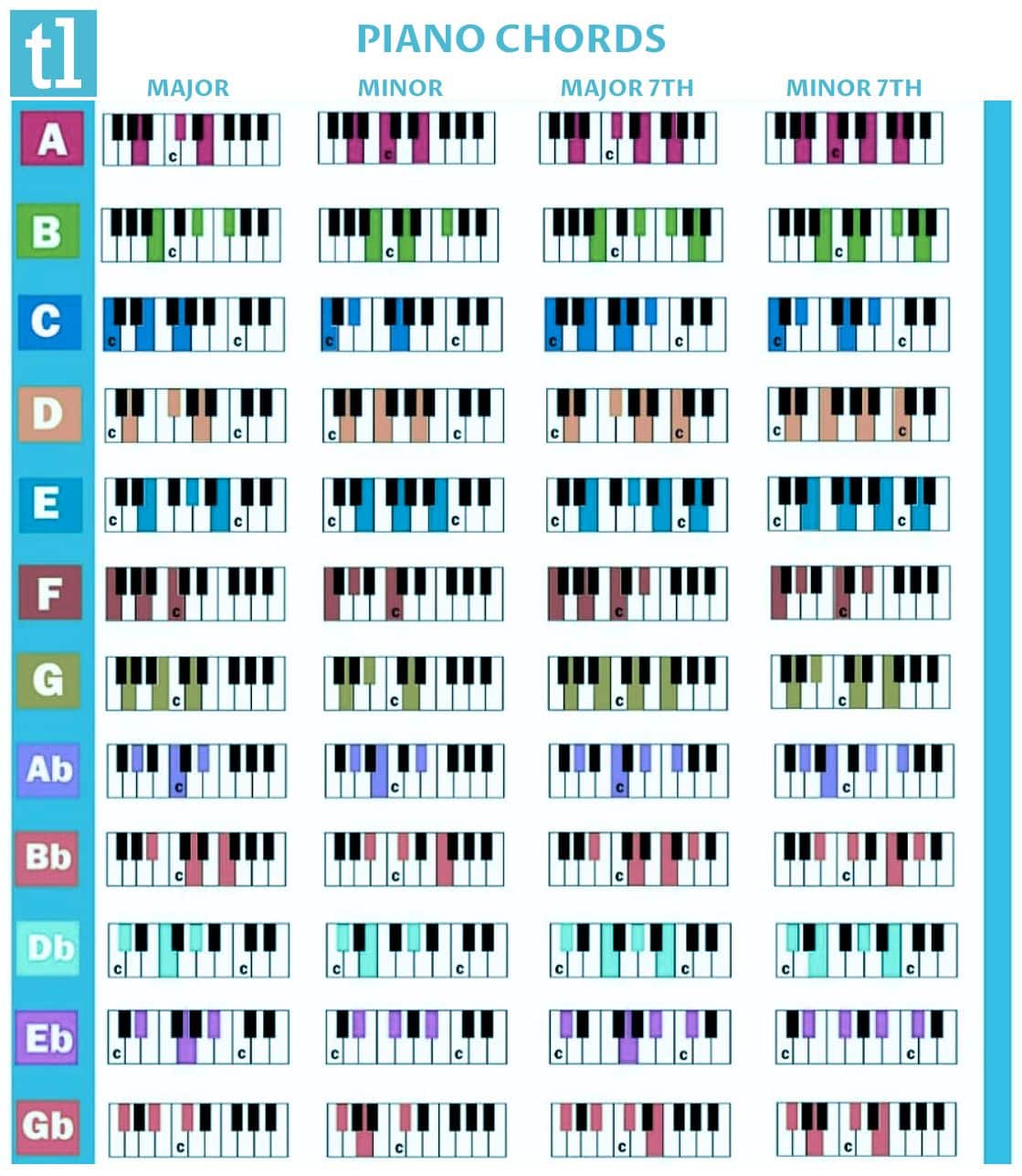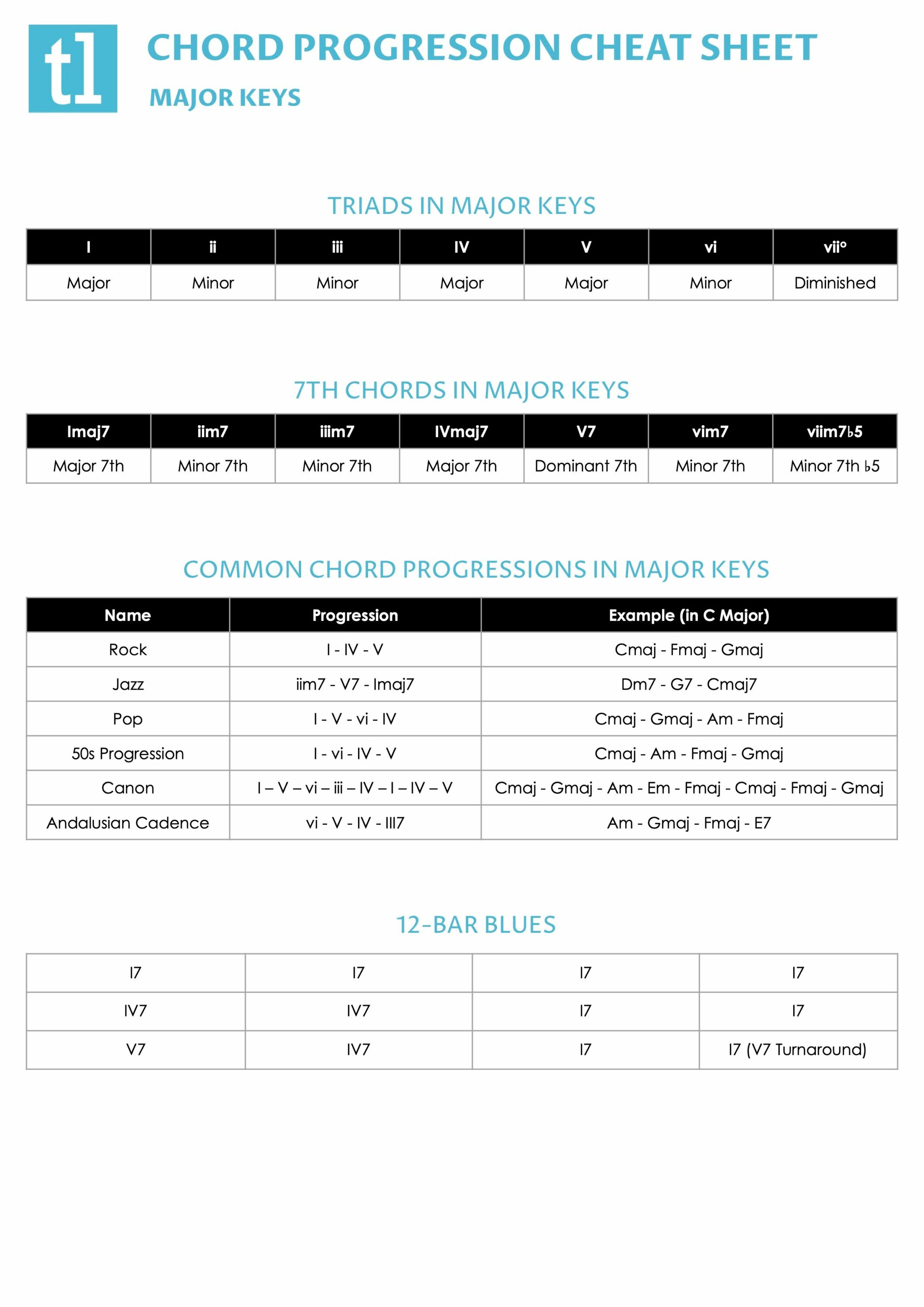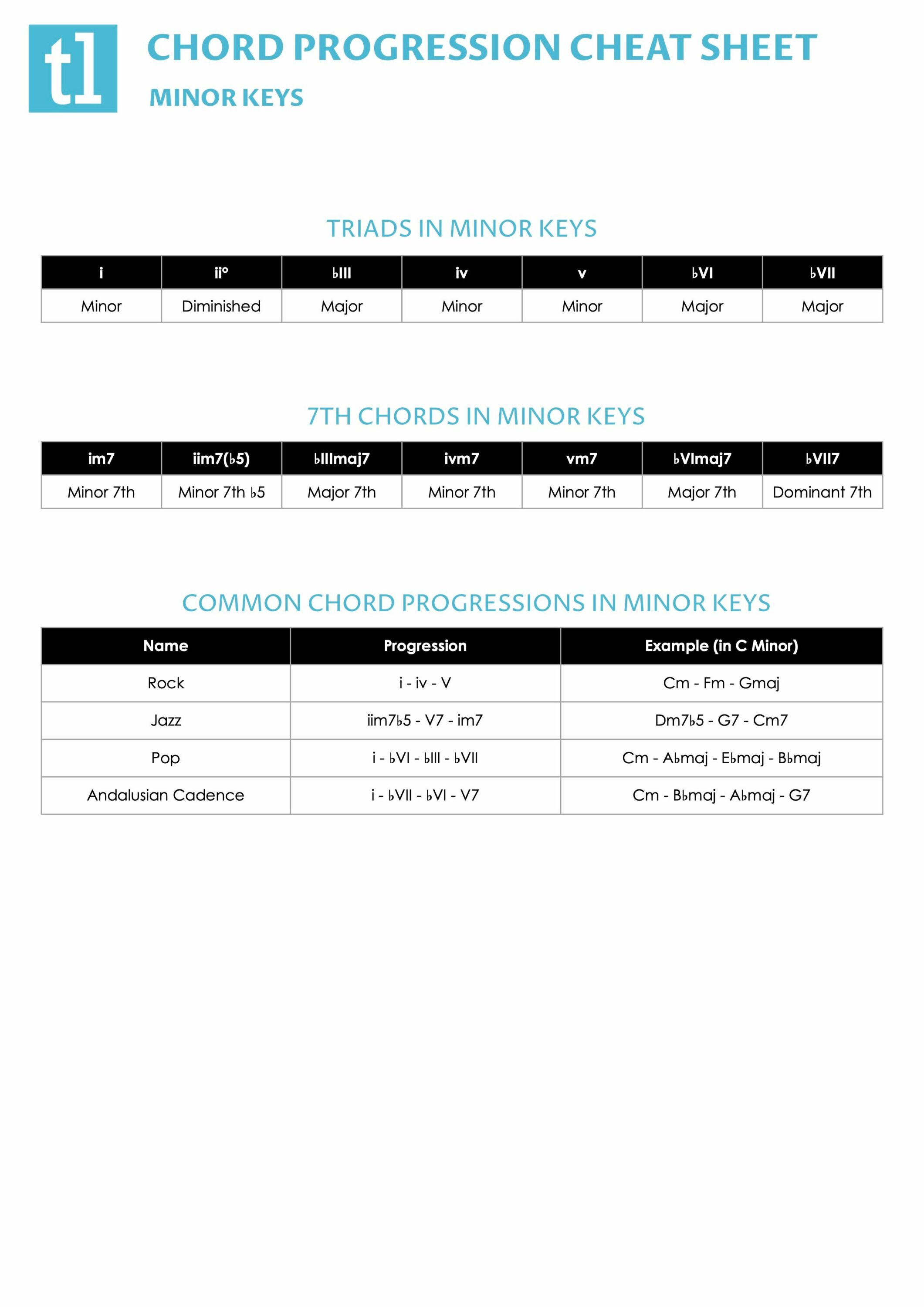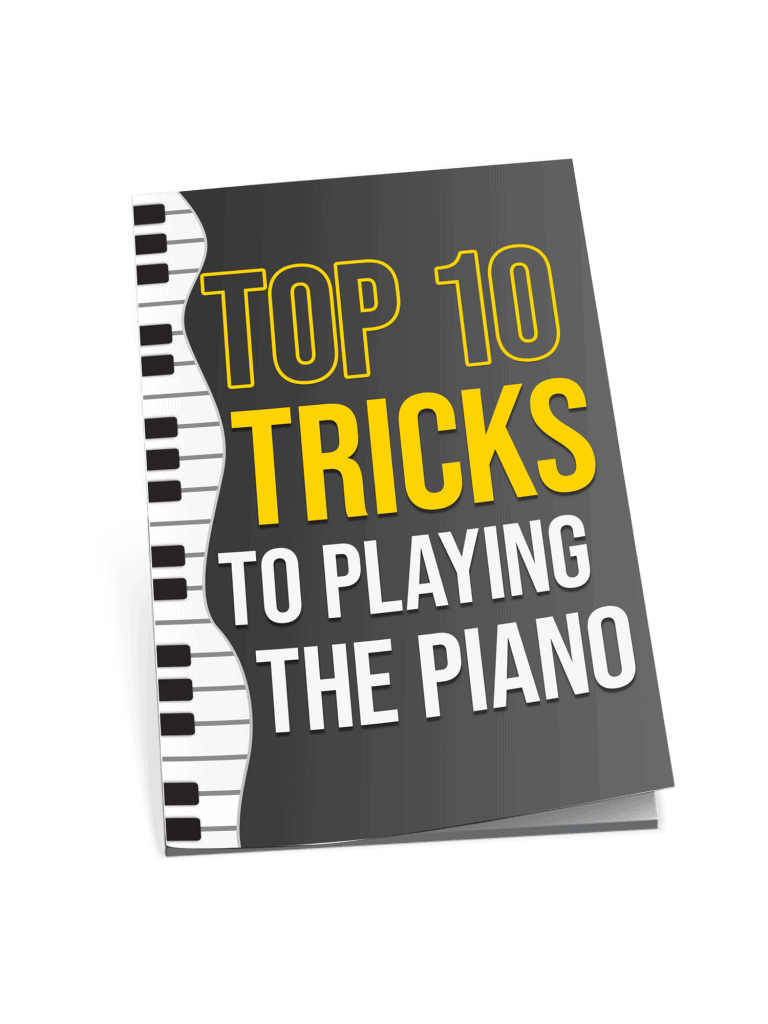Best
Piano Sheet Music For Beginners
Book & DVD Learn a New Skill as an Adult!
-
Overall: Remove the difficulties of adult learning
-
Best Feature: Begin the piano as an adult with this tailored and comprehensive guide
-
TedScore™: 8.8/10
Best
Keyboard
Sheet Music for Beginners
Improvise on Keyboard - Book & CD Develop a key area of musicianship
- improvisation!
-
Overall: Make any piece your own with improvisation
-
Best Feature: Learn independently, with support.
-
TedScore™: 8.9/10
Best
Piano Jazz Sheet Music for Beginners
-
Overall: Practice is made easy with the included backing tracks
-
Best Feature: Suitable for the complete beginner through to Grade 2
-
TedScore™: 8.5/10
Have you ever tinkled the ivories on your piano, wishing you could effortlessly whip up a storm of beautiful chord progressions that sound like pure magic?
I’m here to let you in on a little secret that’ll transform how your fingers dance across the keys.

By the end of this article, you’ll grasp the basics of chord progressions and have some nifty advanced techniques up your sleeve.
With the insights and techniques you’re about to discover, your musical prowess will skyrocket, making you the heart and soul of every musical gathering.
Feel free to leave a comment with your thoughts and questions about chord progressions!
Building Basic Chord Progressions
I’m soooo excited to share some neat tricks that’ll make building chord progressions feel like a breeze, whether seated at your piano or tuning up your guitar.
Understanding Chords and Notes
Chords are groups of notes played together, and they create harmony. Each chord has a root note, which defines the chord’s name, and additional notes that give the chord its quality, like major, minor, or diminished.
For example, C is the root in a C major chord, and when you add E and G, you have a cheerful triad.
By learning how chords are constructed, you can download these patterns into your brain and create your chord progression cheat sheet.
Essential Chord Progression Rules
Creating beautiful chord progressions is like crafting a compelling story. Some essential rules can help you build chord progressions that not only sound good but are also easy to play.
Here are the top five rules to keep in mind:
Just like a house needs a solid foundation, your chord progression should begin with a strong, stable chord. This is often the tonic chord, which is the chord built on the first scale degree of the key. It sets the tone and provides a home base for your progression.
Chords have specific roles or functions within a progression. The three main functions are tonic (home base), dominant (creates tension), and subdominant (leads away from home). Using these functions strategically helps create a sense of movement and resolution in your music.
A good chord progression should have moments of tension and release. This can be achieved by using chords that create dissonance (tension) and then resolving to chords that create consonance (release). It’s like a musical rollercoaster that keeps the listener engaged.
To add variety and interest to your chord progressions, try using chord substitutions. This involves replacing one chord with another that serves the same function. For example, you can substitute a major chord with its relative minor to give your progression a fresh twist.
Don’t be afraid to step outside the box and try new and unusual chord progressions. Experimenting with different chords and their functions can lead to unique and memorable musical creations. Remember, rules are meant to guide you, not confine you.

Common Chord Progressions
As for chord progressions, think of them as a musical journey—where one chord leads to the next, and so on.
Some progressions are super popular; knowing them is like having a golden key. They’re the foundation that can support melodies, riffs, and improvisation.

The I-IV-V progression: It’s fundamental in many genres, with ‘I’ being the home chord.
II-V-I: Jazz folks adore this one; it’s smooth like butter on warm toast.
The 12-bar blues: Built on I-IV-V, the backbone of countless tunes.
The Circle of Fifths and Chord Progressions
The Circle of Fifths is like a musical map that can guide you in creating harmonious chord progressions. It’s a circular diagram that shows the relationships between different keys and chords.
Find the Key: Start by locating the key of your song on the Circle of Fifths. This will give you a clear idea of the chords that are naturally available to you within that key.
Choose a Chord Progression: Look for chord progressions that move in a clockwise direction around the Circle of Fifths. This movement creates a sense of harmonic progression and resolution, making your music sound cohesive and pleasing.
Use Chord Substitutions: To add some spice to your chord progressions, use chord substitutions. This means replacing one chord with another that serves the same function. For instance, you can swap a major chord with its relative minor to add a different flavor to your progression.
Create Tension and Release: The Circle of Fifths can help you create tension and release in your chord progressions. By moving to chords that create dissonance and then resolving to consonant chords, you can keep your listeners engaged and emotionally connected to your music.
Piano and Keyboard
Music Sheets
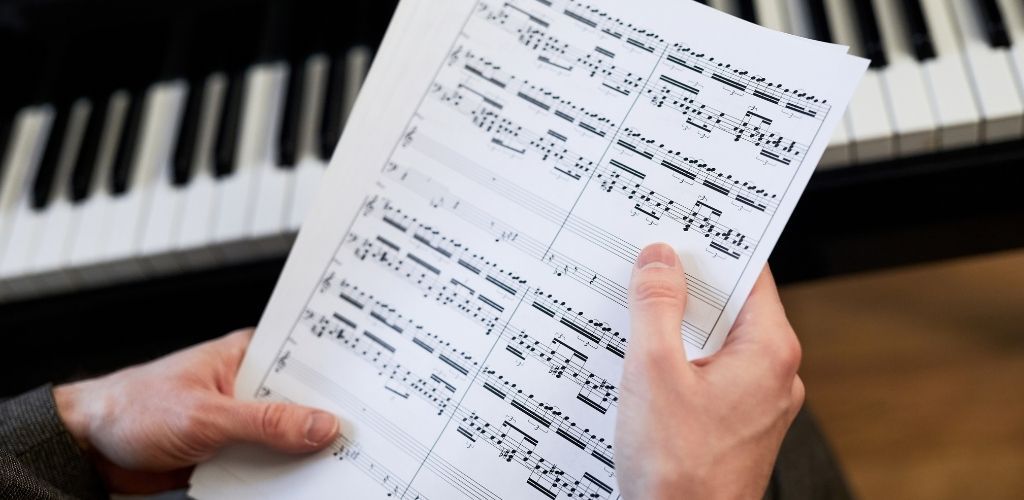
If you are looking for Music sheets for piano or keyboard, these might be what you want.
Diving into piano and keyboard music sheets is like having a treasure map where ‘X’ marks the spot for unleashing a treasure chest of skills and musicality!
Self-Teaching Adult Piano Course Book & DVD
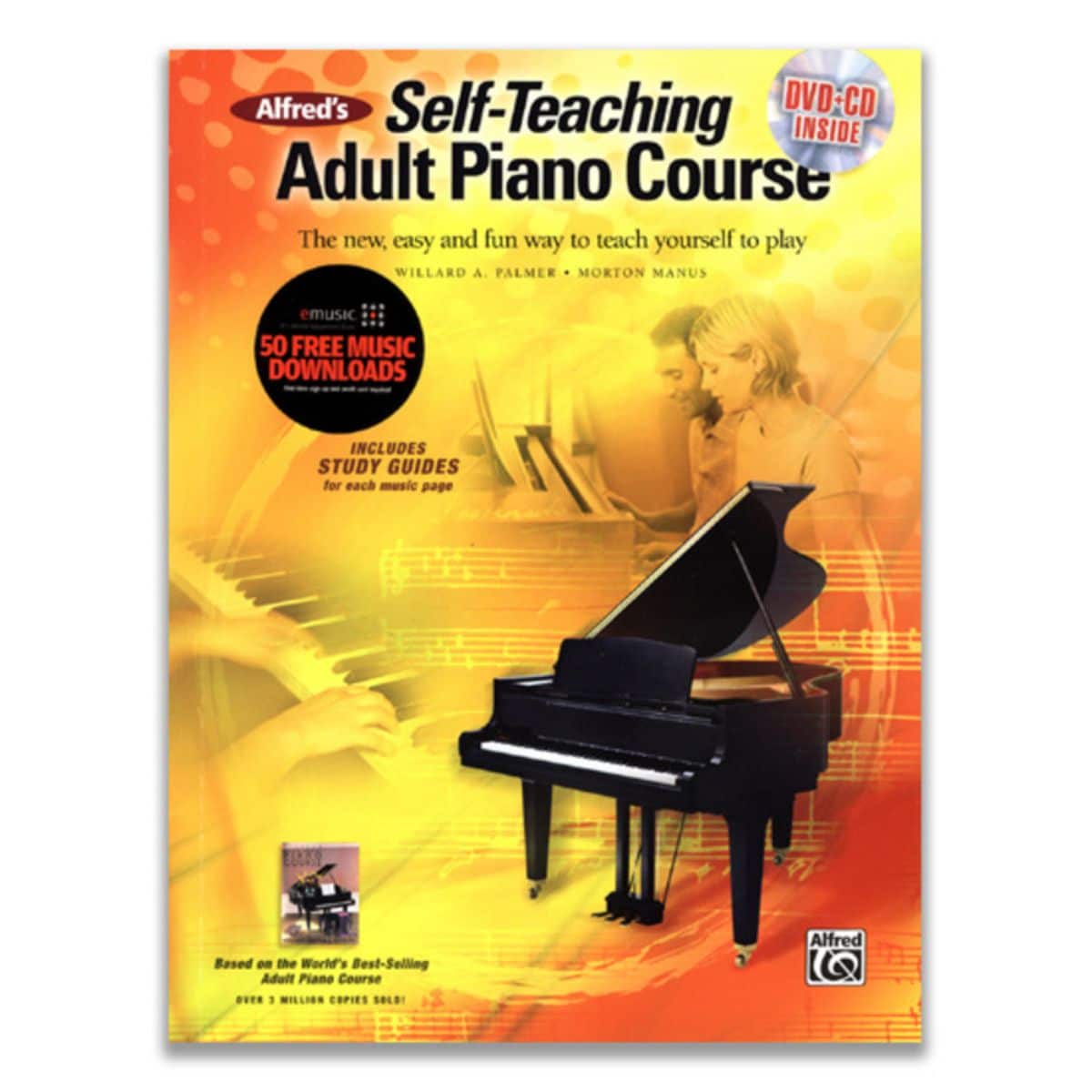
FEATURES: Remove the difficulties of adult learning
OTHER INFO: Begin the piano as an adult with this tailored and comprehensive guide
- It's like having a teacher at home with the included CD and DVD
- Learn serious piano techniques at your own pace
- No Cons at all!
When you click ‘Check Price’, you’ll see there are loads of great places to buy this item. Our personal favorite is Sweetwater for the US, and Thomann and Gear4Music for the UK & Europe.
They are the largest music retailers, with excellent customer service, competitive prices, really fast shipping, and the longest guarantees.
The professional musician who wrote this article combined many things,
from the product build, manufacturer’s reputation through to feedback
from other users, to create our famous TedScore™.
You’ll be amazed at how quickly you can go from fumbling to fluent with the keys after diving into the Self-Teaching Adult Piano Course Book & DVD.
It’s like having a personal tutor in your living room, guiding you note by note toward musical mastery!
Teach Yourself to Improvise on Keyboard - Book & CD
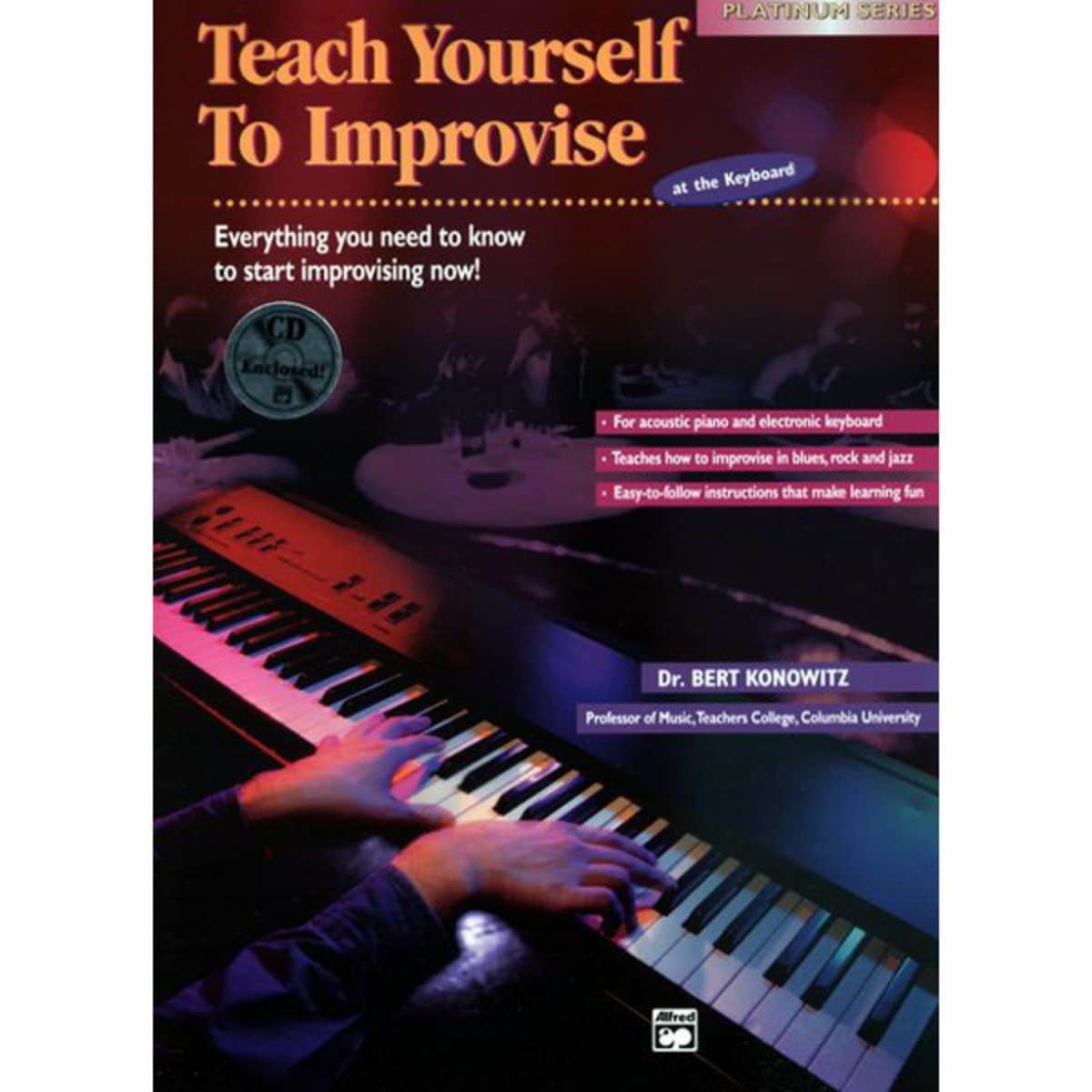
FEATURES: Make any piece your own with improvisation
OTHER INFO: Learn independently, with support.
- Teach yourself a core keyboard skill
- It's like having a teacher at home with Alfred's step-by-step learning guides
- None!
When you click ‘Check Price’, you’ll see there are loads of great places to buy this item. Our personal favorite is Sweetwater for the US, and Thomann and Gear4Music for the UK & Europe.
They are the largest music retailers, with excellent customer service, competitive prices, really fast shipping, and the longest guarantees.
The professional musician who wrote this article combined many things,
from the product build, manufacturer’s reputation through to feedback
from other users, to create our famous TedScore™.
You’ll find yourself jazzing up your keyboard skills in no time with Teach Yourself to Improvise on Keyboard – Book & CD! The intuitive layout and engaging CD make it feel like you’re learning from a pro right beside you, unlocking the improviser within you one note at a time.
Really Easy Jazzin' About for Piano, Pam Wedgwood
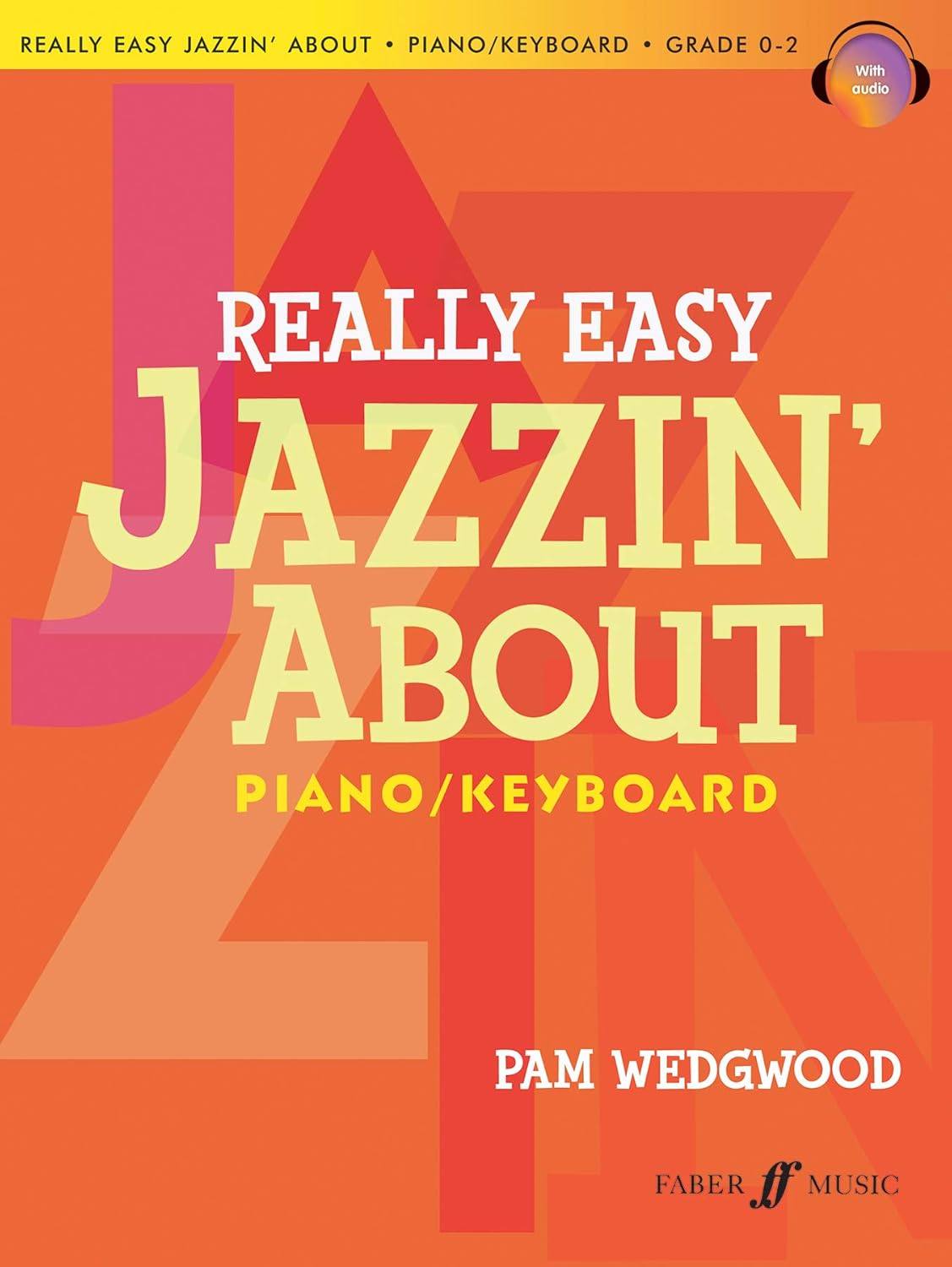
FEATURES: Practice is made easy with the included backing tracks
OTHER INFO: Suitable for the complete beginner through to Grade 2
- 18 original pieces that sound great
- You'll be playing a vast assortment of different styles
- These pieces will help you understand different rhythmic styles and techniques
- None!
When you click ‘Check Price’, you’ll see there are loads of great places to buy this item. Our personal favorite is Sweetwater for the US, and Thomann and Gear4Music for the UK & Europe.
They are the largest music retailers, with excellent customer service, competitive prices, really fast shipping, and the longest guarantees.
The professional musician who wrote this article combined many things,
from the product build, manufacturer’s reputation through to feedback
from other users, to create our famous TedScore™.
With “Really Easy Jazzin’ About for Piano” by Pam Wedgwood, you’ll discover the joy of jazz in a fun and incredibly straightforward way. It’s the perfect mix of challenge and encouragement to get your fingers swinging to the rhythm, even if you’re starting on piano!
Quick Reference Guide
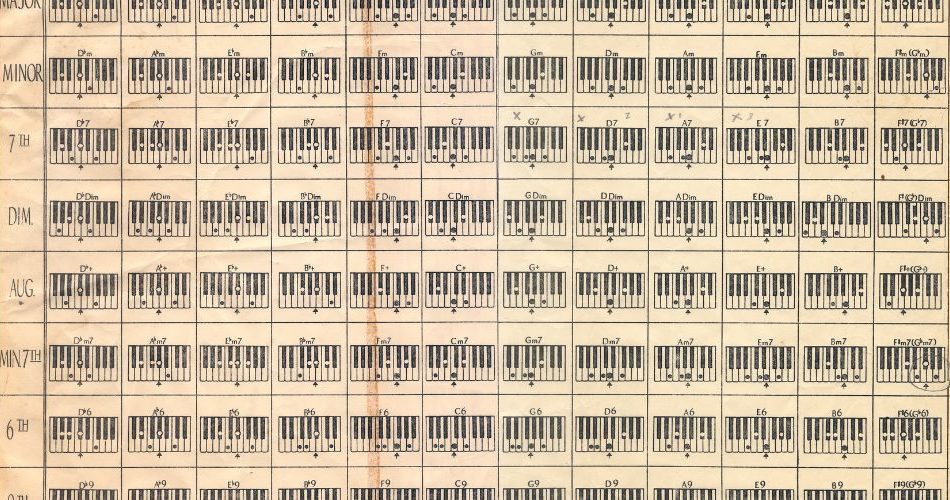
Here’s a handy quick reference guide to help you with chord progressions:
- I-IV-V
- I-V-vi-IV
- I-iii-IV-V
- Tonic (home base)
- Dominant (creates tension)
- Subdominant (leads away from home)
Replace one chord with another that serves the same function (e.g., major with relative minor)
A circular diagram showing the relationships between chords and keys
- Start with a strong foundation
- Use chord functions
- Create tension and release
- Use chord substitutions
- Experiment and be creative
With these tools and tips, you’re well on your way to mastering chord progressions and creating music that resonates with your listeners.
Happy playing!
Chord Progression Cheat Sheet
Main Points
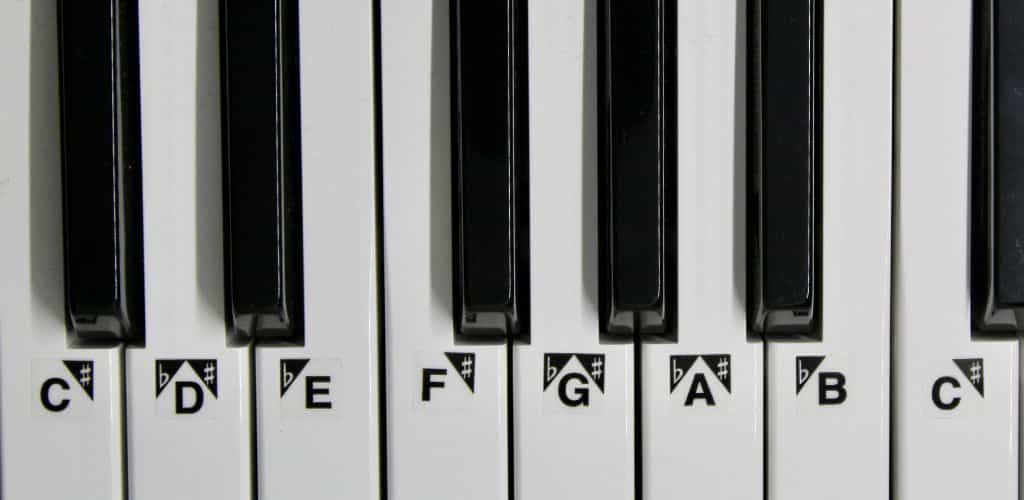
Mastering chord progressions has always given my tunes a solid backbone—it’s like building a house with a blueprint!
Scale harmonization unveils a universe of chords, with each degree holding a secret sauce to flavor my melody, and I stake my creativity on these structures.
I’ve found that a cheat sheet isn’t just a shortcut; it’s my musical compass. It’s about strategic experimentation—balancing tried-and-tested patterns with personal flair.
Before you go…
If you’re interested and would want to know more about playing the piano, check out this article on “Essential Piano Fingering Chart”
FAQ's
I start by choosing a key that resonates with the emotion I aim to express. Then, I craft a chord progression around the root, playing with major and minor chords to set the tone.
The 1-4-5-1 chord progression is a fundamental sequence I use in music, where I play the chords based on the first, fourth, fifth, and then back to the first degree of the scale in whichever key I’m playing.
No, copying chord progressions is not illegal; everyone can use common progressions as the foundation for their songs without worrying about copyright infringement.
Chord progressions are considered a basic musical building block and are not protected by copyright, allowing me the creative freedom to explore and incorporate them into my compositions.



